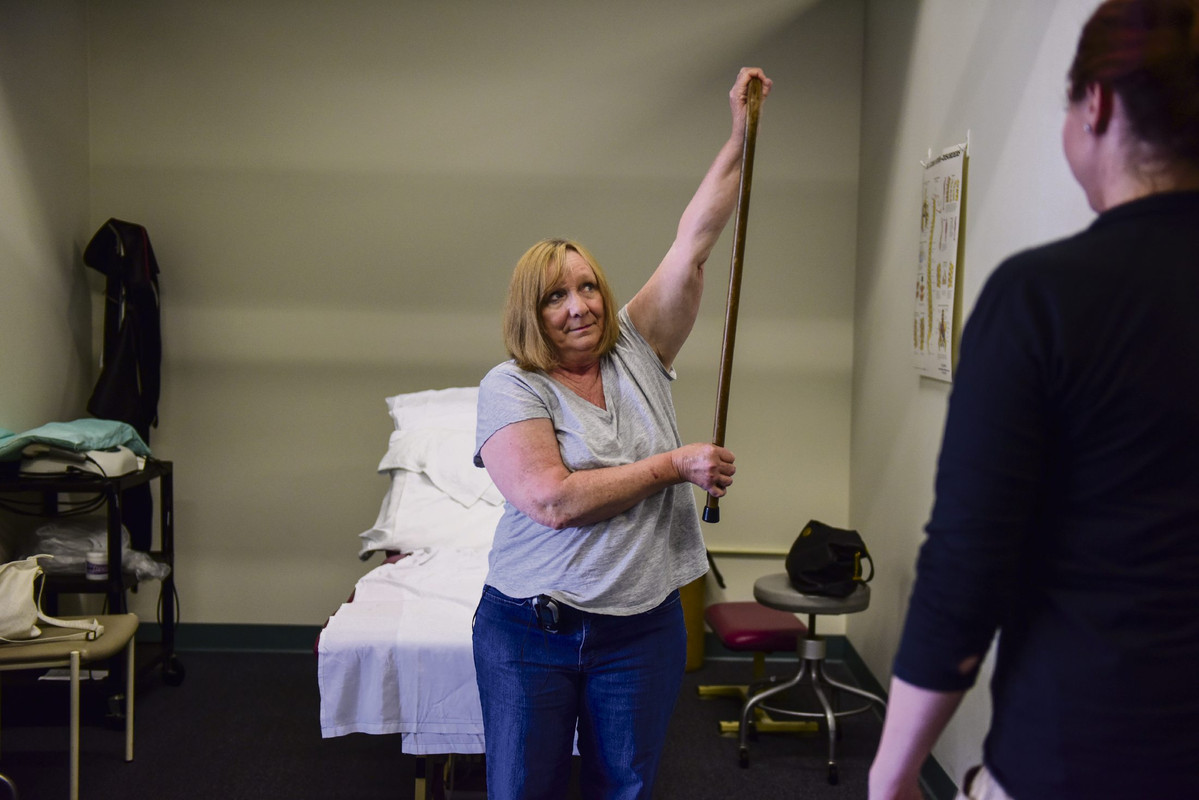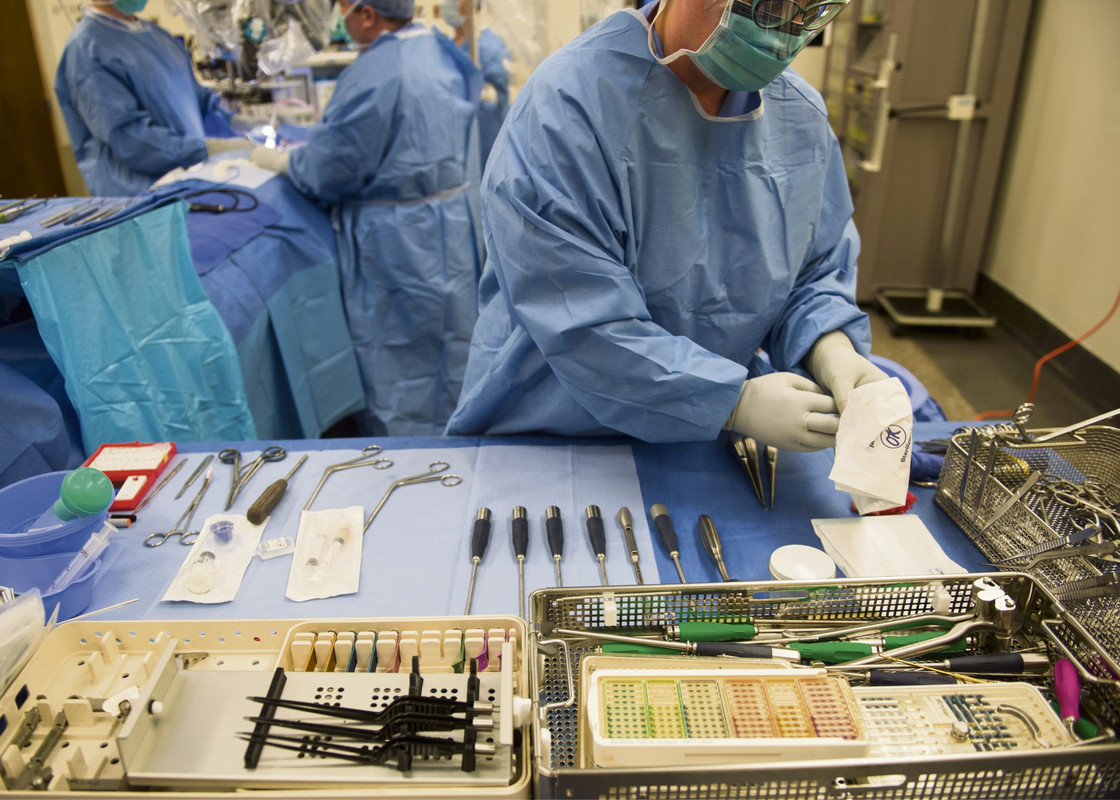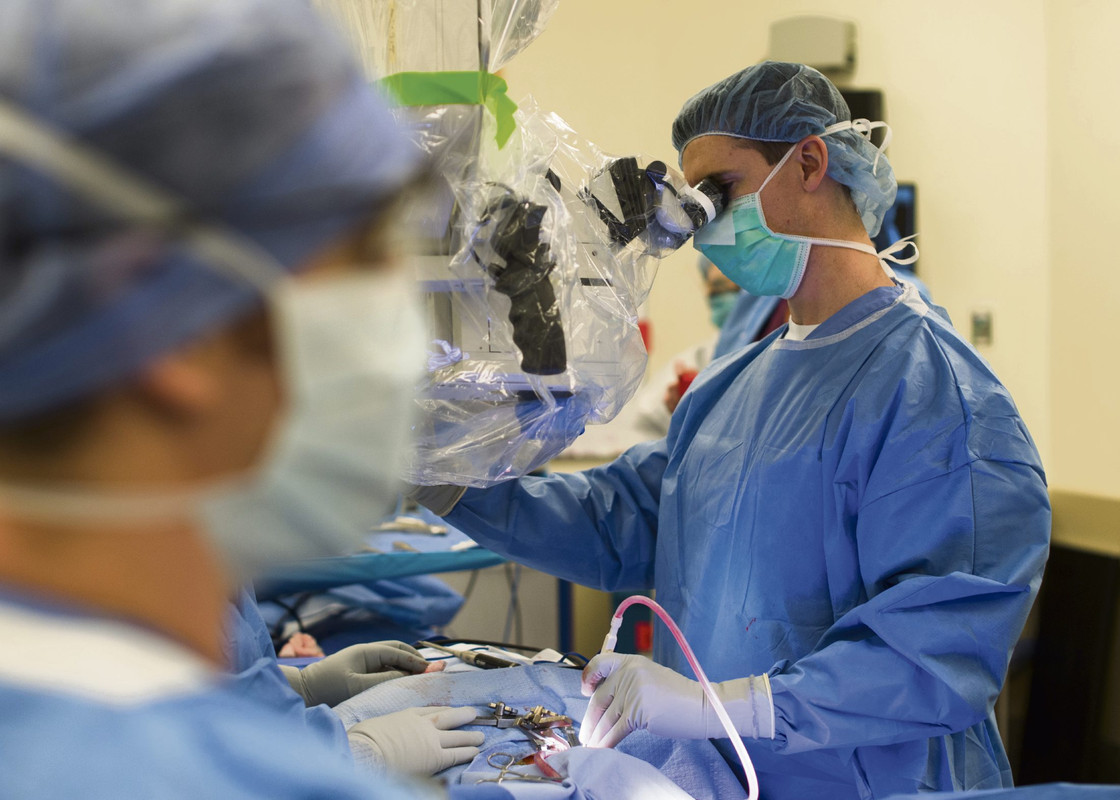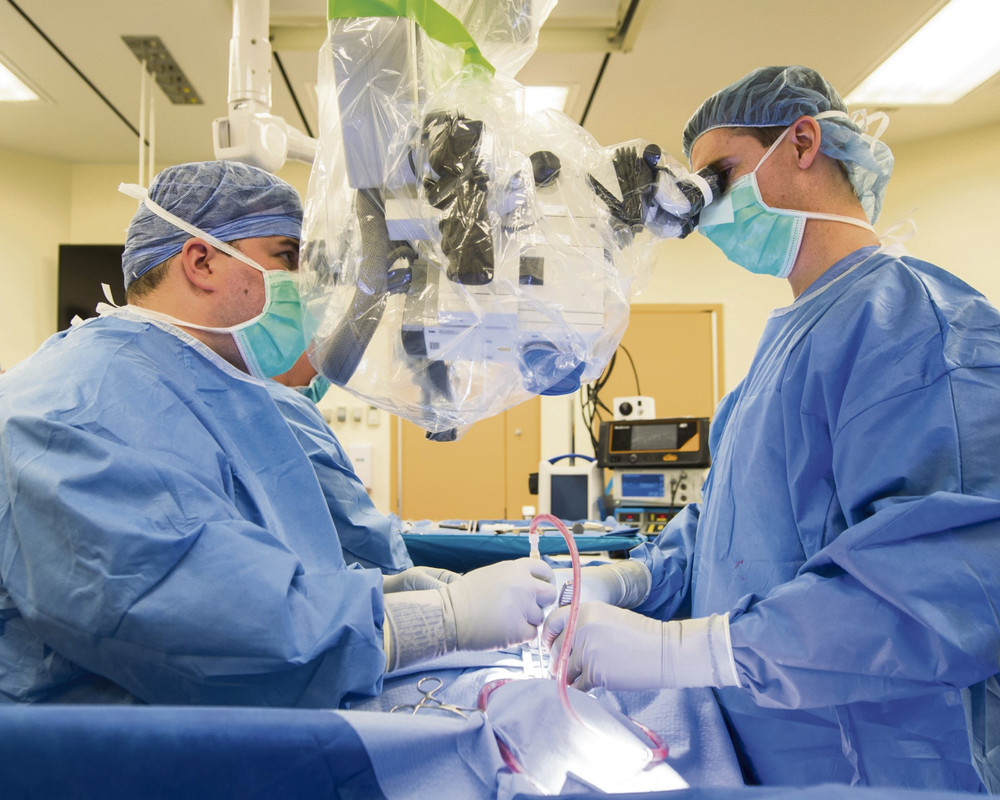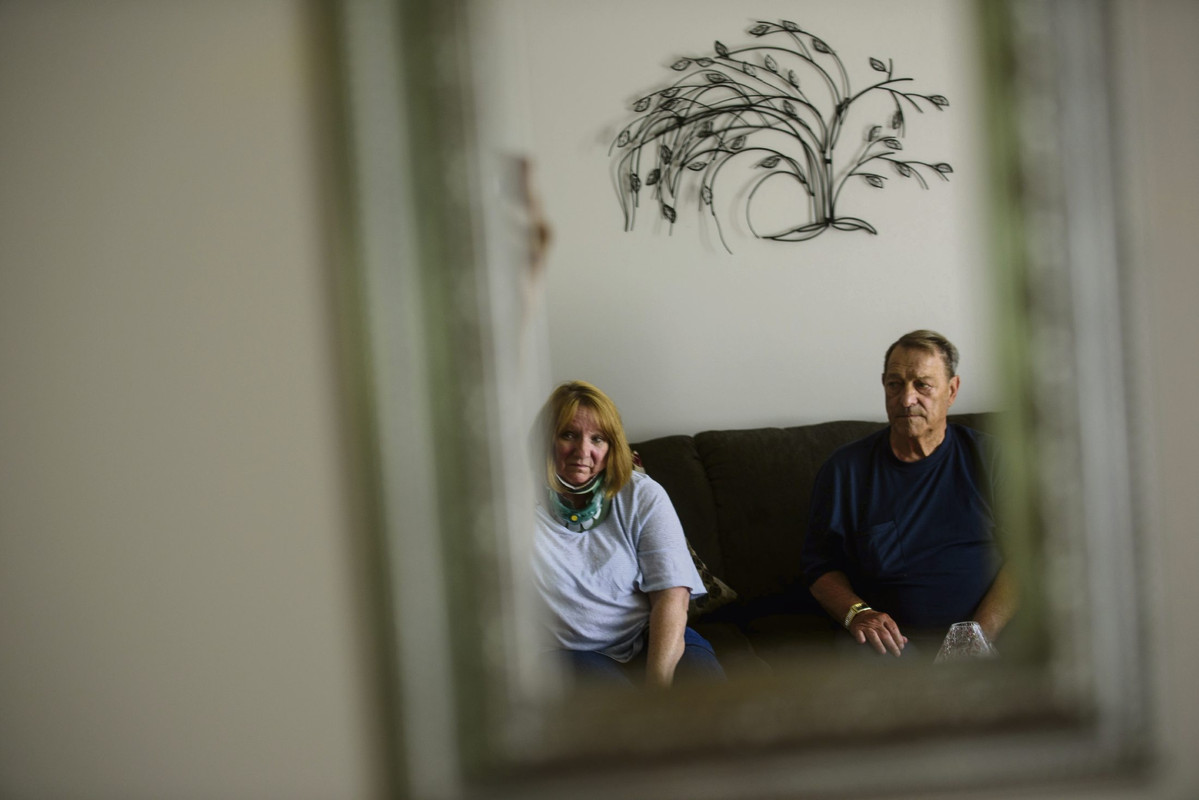Bone health is something ignored universally but is vital in the overall health of any person.

What is Osteoporosis ?
Osteoporosis is the archetype of problems associated with old age and also the best example of a ‘silent disease’. It progresses slowly and will not be recognised till a fracture (called fragility fracture ) or disability like kyphosis or pain etc sets in.
Bone health is something ignored universally but is vital in the overall health of any person. Osteoporosis is the most common of all metabolic bone disorders. Osteoporosis literally means porous bone, is a disease in which the density and quality of bone are reduced.
It is characterized by low bone mass and microarchitectural deterioration of bone tissue, with a consequent increase in bone fragility and susceptibility to fractures .When bone loss is limited it is called osteopenia.Osteoporosis can be classified into two basic forms: primary and secondary.Primary osteoporosis (also known as involutional osteoporosis) results from cumulative bone loss as people age and undergo sex hormone changes.
Secondary osteoporosis can result from various medical conditions or diseases, or from the use of certain medications that adversely affect skeletal health. Children with specific diseases and malnutrition also can have low bone mineral density and osteoporosis.
What is the incidence of osteoporosis?
Worldwide 1 in 3 women and 1 in 5 men over 50 will experience osteoporotic fracture. In India, estimates suggest that of the 23 crore people will be over the age of 50 years by 2015, and of that 20% are osteoporotic women.
Worldwide 1 in 3 women and 1 in 5 men over 50 will experience osteoporotic fracture. In India, estimates suggest that of the 23 crore people will be over the age of 50 years by 2015, and of that 20% are osteoporotic women.
Up to 20% of patients die in the first year following hip fractures, mostly due to pre-existing medical conditions. Less than half those who survive the hip fracture regain their previous level of function.
How is osteoporosis diagnosed?
Osteoporosis is still most commonly diagnosed at conventional radiograph. The main radiographic features of generalised osteoporosis are increased radiolucency and cortical thinning . Wedge fractures or crush fractures are seen in spine x-rays. Fragility fractures and insufficiency fractures also point to osteoporosis.
Osteoporosis is still most commonly diagnosed at conventional radiograph. The main radiographic features of generalised osteoporosis are increased radiolucency and cortical thinning . Wedge fractures or crush fractures are seen in spine x-rays. Fragility fractures and insufficiency fractures also point to osteoporosis.
A Fragility Fracture is one resulting from any fall from a standing height or less, that results in a fracture. A bone density test is the only test that can diagnose osteoporosis before a broken bone occurs. This test helps to estimate the density of your bones and your chance of breaking a bone. A bone density test of the hip and spine by a central DXA machine is used to diagnose osteoporosis.
DXA stands for dual energy x-ray absorptiometry. Today, BMD measurements have an important role in the evaluation of patients at risk of osteoporosis and in the appropriate use of antifracture treatment.
DXA examinations have three major roles, namely the diagnosis of osteoporosis, the assessment of patients and the risk of fracture, and monitoring response to treatment. BMD measurements gives an accurate value for assessing osteoporosis and follow up.
DXA examinations have three major roles, namely the diagnosis of osteoporosis, the assessment of patients and the risk of fracture, and monitoring response to treatment. BMD measurements gives an accurate value for assessing osteoporosis and follow up.
Is osteoporosis preventable?
Osteoporosis is one condition that can be effectively prevented for vast majority if essential steps are taken. Plenty of calcium , adequate physical activity and taking in Vitamin D as appropriate are the main recommendations.
Osteoporosis is one condition that can be effectively prevented for vast majority if essential steps are taken. Plenty of calcium , adequate physical activity and taking in Vitamin D as appropriate are the main recommendations.
For adults ages 19 to 50 and men ages 51 to 70, the recommended dietary allowance (RDA) is 1,000 milligrams (mg) of calcium a day. The recommendation increases to 1,200 mg a day for women after age 50 and for men after age 70.Good sources of vitamin D include oily fish, such as tuna and sardines, egg yolks, and fortified milk and of course getting sunlight.Smoking, alcohol, other drug or substance abuse contribute to osteoporosis.
Treatment options
Pharmacologic treatments for osteoporosis include bisphosphonates (alendronate, risedronate, ibandronate, zoledronic acid), peptide hormones (teriparatide which is a amino acid fragment of parathyroid hormone] and calcitonin), estrogen (in the form of menopausal hormone therapy) for postmenopausal women, and selective estrogen receptor modulators (SERMs) (raloxifene for postmenopausal women).
Who should get osteoporosis tested
For post-menopausal women below the age of 65 a bone density test is indicated if they have a risk factor for low bone mass such as low body weight, prior fracture, high risk medication use. Disease or condition associated with bone loss.
Women during the menopausal transition with clinical risk factors for fracture, such as low body weight, prior fracture, or high-risk medication use.
Men aged 70 and older. For men, less than 70 years of age a bone density test is indicated if they have a risk factor for low bone mass such as for women listed above Women aged 65 and older.
Source : Indian Express , 15th August 2018
Source : Indian Express , 15th August 2018








